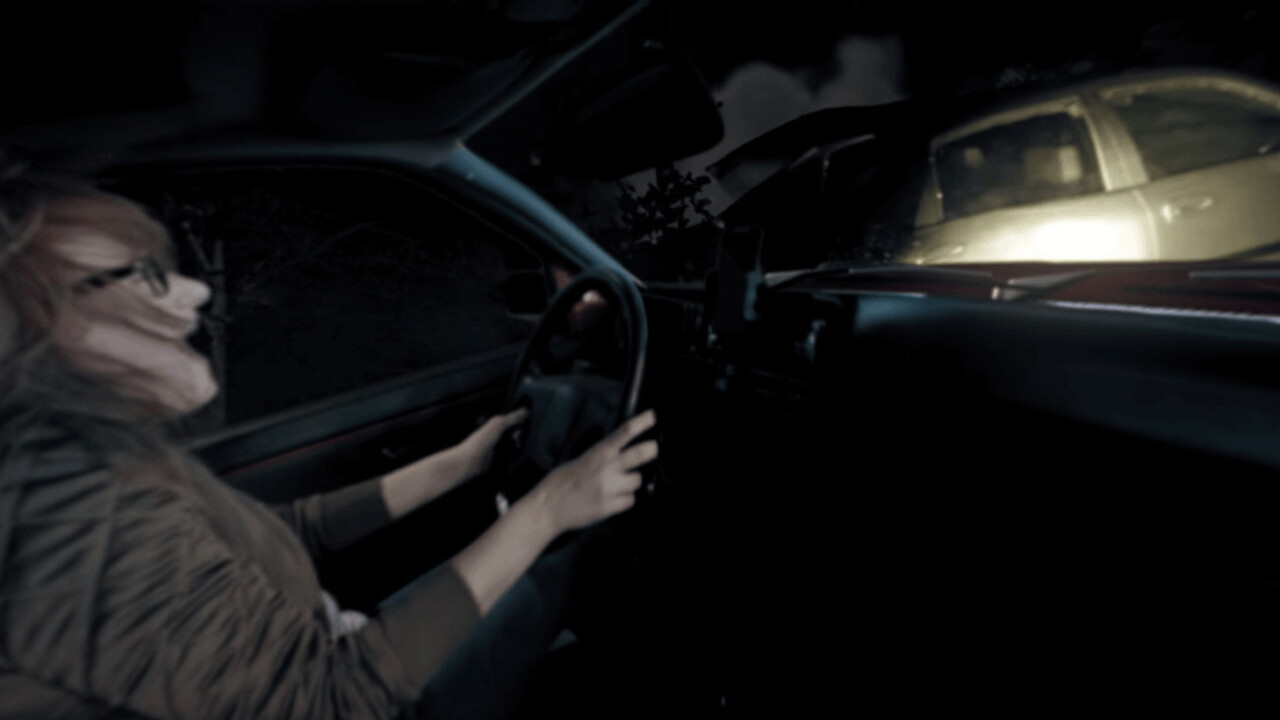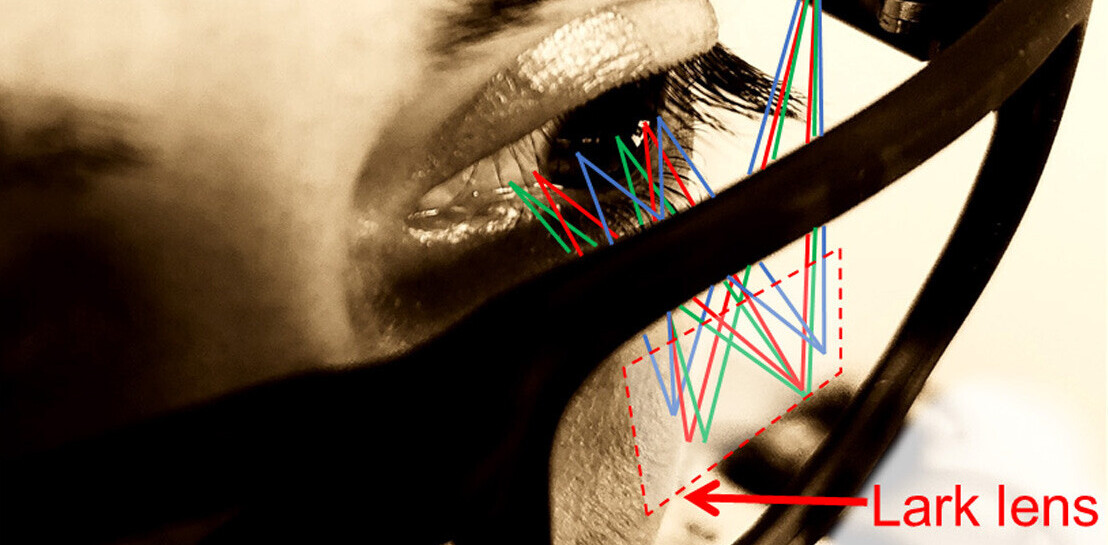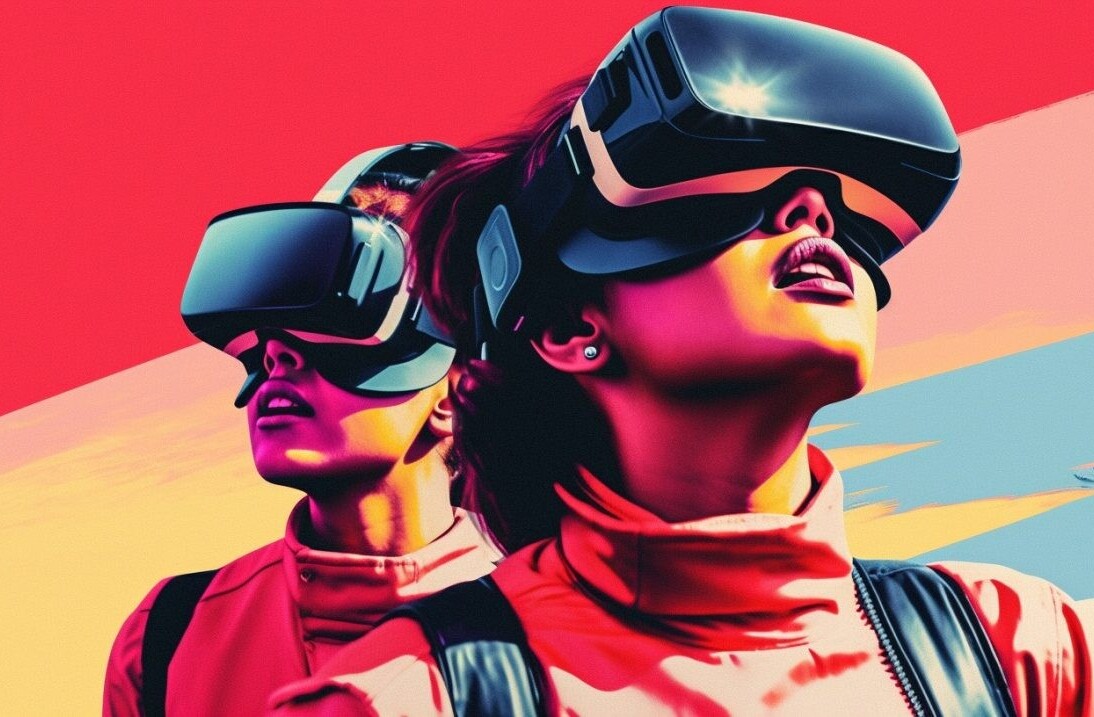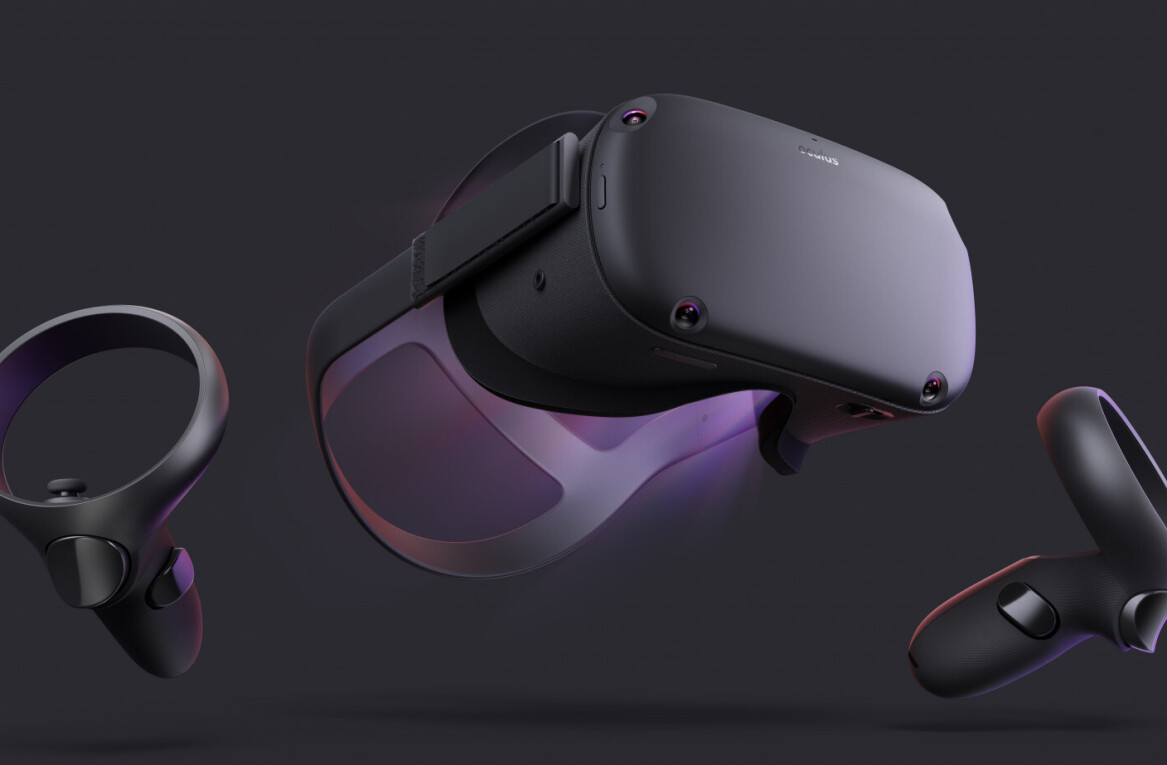
In 2015, more than 10-thousand people died in drunk driving crashes — one every 51 minutes. Another 290,000 were injured. A four-minute video aims to show drivers just what that looks like first-hand.
Created by Diageo, the maker of popular alcohol brands like Smirnoff and Guinness, released the 360-degree video on Facebook 360, YouTube 360, and an app integration with The New York Times. It’s also compatible with standalone or Cardboard-like viewers, such as the Oculus Rift, Gear VR, HTC Vive, and Google Cardboard.
The video follows three cars: a career woman, a pair of new parents, and three friends on their way to a party. Each of their experiences ends abruptly, thanks to a poor decision by just one of them.
After attempting to pass a vehicle in a no-passing zone, the impaired driver meets with the headlights of an oncoming vehicle before trying to swerve back into her lane — side-swiping another car in the process. The side-swiped vehicle then veers into oncoming traffic and the impaired driver’s vehicle rolls over, trapping her inside.
Diageo’s 360 video was produced in the US and intended for a British audience. It’s this, some critics say, that might make it less relatable to the crowd it was intended for. Others argue it could have gone further, although the use of scare tactics to prevent an undesired outcome has iffy results, at best.
Also of note, we’re still not clear on the effectiveness of these simulations.
After the NFL announced it intended to use VR to give its stars a victim’s perspective for problems like racism, domestic violence, and sexism, one Harvard professor warned it could be a waste of time. According to Frank Dobbin, professor of sociology at Harvard:
All lab studies show that you can change people’s attitudes for about 30 minutes after training. But three to six months later there’s either no change or a negative reaction because you’ve actually activated their bias.
via BBC
Get the TNW newsletter
Get the most important tech news in your inbox each week.





